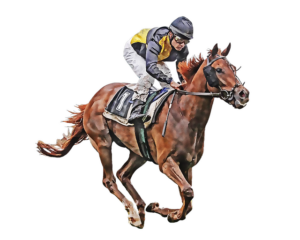 Situated approximately seven miles southwest of Windor Castle, adjoining Windsor Great Park, Ascot Racecourse has been associated with the British Royal Family for over 300 years. In fact, it was Queen Anne, in 1711, who first recognised the potential of Ascot Heath, or East Cote Heath, as it was originally known, as a horse racing venue. The first meeting on the newly laid out course, featuring Her Majesty’s Plate, was held in August that year.
Situated approximately seven miles southwest of Windor Castle, adjoining Windsor Great Park, Ascot Racecourse has been associated with the British Royal Family for over 300 years. In fact, it was Queen Anne, in 1711, who first recognised the potential of Ascot Heath, or East Cote Heath, as it was originally known, as a horse racing venue. The first meeting on the newly laid out course, featuring Her Majesty’s Plate, was held in August that year.
The first four-day meeting, featuring the inaugural running of the Gold Cup, was held in 1807 and subsequently designated ‘Royal Ascot’ by King George IV in 1825. Extended to five days in 2002, to mark the Golden Jubilee of Queen Elizabeth II, the modern Royal Ascot programme includes eight Group 1 races, all of which are worth at least £650,000 in prize money.
The round course at Ascot is right-handed, approximately 14 furlongs in extent, and galloping in nature, with a stiff, uphill climb from the lowest point, at Swinley Bottom, to the winning post. All races up to seven furlongs, such as the King’s Stand Stakes, Queen Elizabeth Jubilee Stakes and Wokingham Stakes, are run on the straight course.
Of course, since 1965, when the first National Hunt meeting was held, Ascot has been a dual-purpose racecourse. ‘Over the sticks’, seasonal highlights include the Long Walk Hurdle, Clarence House Chase and the Ascot Chase, in December, January and February, respectively. Like the round course, the National Hunt course is right-handed and galloping in nature, with notoriously stiff fences.
